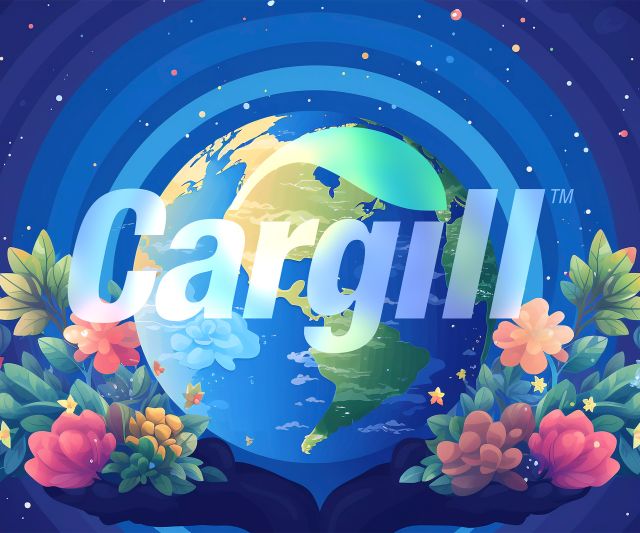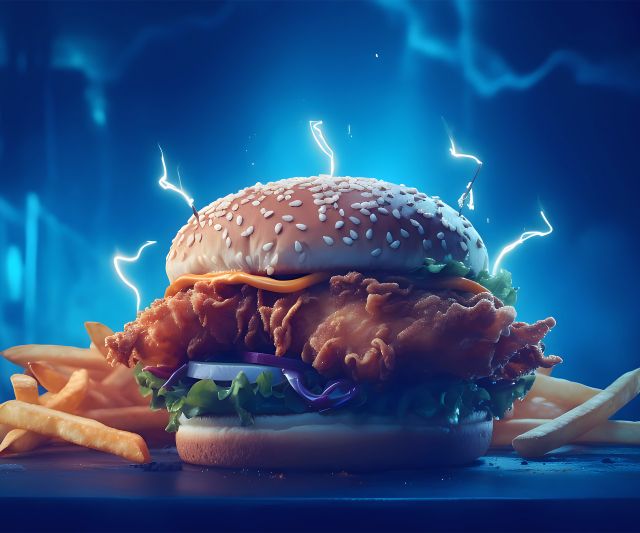We are programmed to avoid pain. We run from it. We hide from it. We make excuses for it. We develop entire mechanisms in order to avoid pain. We will take drugs to avoid pain. We will cause ourselves other types of pain just to avoid pain. So why on earth would we face our fears? Because you can run, but you can’t hide. Not only can you not hide, but you will also make it worse.
Memories and chronic pain are stored in a very similar pathway. Also, not dissimilar to our threat perception and pattern recognition mechanisms. You see a pattern thousands of times, you recognize it faster and faster, with less effort required each time. Our bodies do the same with pain. An initial input of 1000 made up units (for example’s sake) will cause “X” amount of pain. The wiring and neuron connections that our brains make, means that next time, only 900 units will cause the same amount of “X” pain. And on and on until we can’t take the hard stimulus anymore, and we are increasingly completely non-resilient. Perhaps it feels like life is getting harder, or perhaps we are just so maladapted to the pain, we feel it so deeply so fast.
We see this in trading often when people spiral. The first time you take a big loss it hurts. Perhaps you scale down, take another loss and it hurts just as much, maybe even more. Ultimately you feel scared to play at all, even at the smallest risks. Eventually the smallest mistakes can weigh on you for days and days. The same way the smallest stimulus can cause pain that far outlasts its usefulness.
Slowly backing off the risk then, is the exact wrong thing we can do. All we are doing is sensitizing ourselves to even more pain.
Back off fully, then face your fears. Studies on both pain in mice, and long-term memory storage give us some insight. It has been long studied that interrupting certain synthesis mechanisms during an event can prevent someone from storing it in their memory, and not only that, but that they could actually erase memories altogether by recalling it, then blocking the long-term pathway. More recent studies in mice found that causing pain, and then giving chemicals that inhibit the synthesis of the pain connection, the mice then lost their hypersensitivity to pain.
Certainly, this doesn’t mean taking on the same risk even if it hurts. But what it does mean is that we need to stop our hyper-sensitization of pain over time to the point that we are stuck. And it does mean that there is a physical and chemical mechanism embedded in the notion of facing our fears. Pain is hard. It’s tricky. We want to run from it. Rather than run. Stop. Then move towards it one step at a time.












